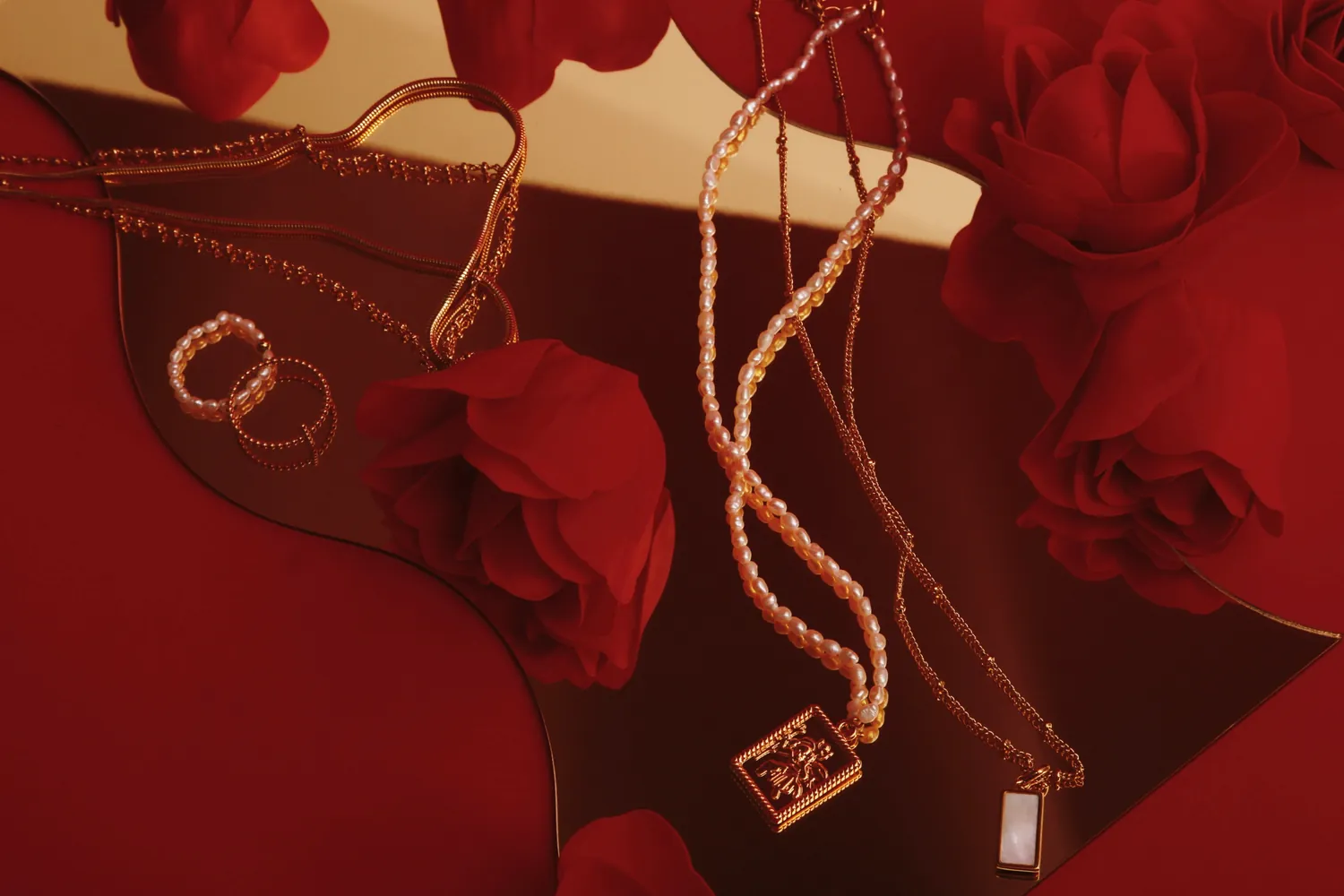Exploring How Ethical Luxury Brands Challenge Fast Fashion's Market Dominance

The Rise of Ethical Luxury in a Fast-Fashion World
In recent years, the fashion industry has witnessed a significant shift as consumers become more conscious about the environmental and ethical implications of their purchases. At the forefront of this shift is the rise of ethical luxury brands. These brands challenge the traditional fast-fashion model by emphasizing sustainability, transparency, and quality over mass production and affordability.
While fast fashion has been synonymous with quick turnover and inexpensive garments, often at the expense of labor rights and environmental health, ethical luxury brands are creating a new narrative—one that is not just about style and exclusivity but also about responsibility and integrity.
Defining Ethical Luxury
Ethical luxury is an evolution of high-end fashion, where brands commit to sustainable practices throughout their supply chains. These companies strive to minimize their environmental footprint by using eco-friendly materials, ensuring fair labor practices, and promoting transparency in production processes.
For example, brands like Stella McCartney and Pangaia have made headlines for their dedication to ethical standards. Stella McCartney, known for its vegan-friendly and environmentally friendly collections, uses organic cotton, recycled polyester, and sustainable viscose, demonstrating how luxury can coexist with responsibility.
Contrasting Models: Fast Fashion vs. Ethical Luxury
The stark contrast between fast fashion and ethical luxury lies in their business models. Fast fashion companies, such as Zara and H&M, thrive on rapid production cycles, delivering trendy designs at low prices. This approach often results in wasteful overproduction and questionable labor conditions.
On the other hand, ethical luxury brands prioritize durability over disposability. They focus on creating timeless pieces with craftsmanship that ensures longevity. For instance, Everlane prides itself on radical transparency, providing customers with detailed insights into the cost of materials, labor, and transportation for each product.
The Environmental Impact
The environmental impact of fast fashion is profound. The industry is responsible for approximately 10% of global carbon emissions and produces vast amounts of textile waste annually. In contrast, ethical luxury brands aim to mitigate these effects through sustainable materials and practices.
Brands like Patagonia have set benchmarks for environmental stewardship by incorporating recycled materials and promoting repair rather than replacement. Their 'Worn Wear' program encourages customers to buy used gear or trade in old Patagonia items, reducing waste and fostering a circular economy.
Consumer Influence: Changing Preferences
The demand for ethical luxury is partly driven by a shift in consumer values. Today's consumers are more informed and socially conscious, often seeking out brands that align with their ethics. This change is especially prevalent among millennials and Gen Z, who prioritize sustainability over brand name alone.
Surveys reveal that consumers are willing to pay a premium for products they perceive as sustainable or ethically produced. This willingness has prompted many traditional luxury brands to incorporate ethical practices into their business models. Even iconic names like Gucci have introduced sustainable collections and initiatives to reduce their carbon footprint.
The Role of Technology in Sustainable Fashion
Technology plays a crucial role in enabling the ethical luxury sector to innovate and compete with fast fashion. From blockchain for supply chain transparency to digital platforms that facilitate resale markets, technology helps create a more sustainable industry.
Startups like Reformation use data-driven production methods to limit waste and optimize resources. By leveraging technology to predict demand accurately, they can produce only what they need, reducing excess inventory and environmental impact.
The Challenges Ahead
Despite their growth, ethical luxury brands face challenges in scaling up while maintaining their principles. As they expand their reach, they must balance sustainability with profitability—a difficult task in an industry driven by consumer demand for novelty and speed.
The pricing of ethical luxury remains a barrier for some consumers who cannot afford higher price points. Brands must continue to find ways to make sustainable luxury accessible without compromising on quality or ethics.
A Case Study: Stella McCartney's Holistic Approach
Stella McCartney serves as a powerful case study in ethical luxury. Her eponymous brand has championed sustainable practices from its inception, refusing to use leather or fur in any collection. Instead, the brand explores innovative materials such as vegan leather alternatives derived from mushrooms (Mylo).
The brand's commitment extends beyond materials to include advocacy for environmental policies and collaborations with other eco-conscious entities. This holistic approach not only differentiates Stella McCartney from competitors but also sets a standard for others aiming to merge luxury with ethics.
Practical Steps for Consumers Seeking Ethical Fashion
- Research Brands: Use online resources to investigate brand policies on sustainability and ethics.
- Check Certifications: Look for certifications like Fair Trade or GOTS (Global Organic Textile Standard) when making purchases.
- Buy Less but Better: Focus on quality over quantity, choosing versatile pieces that will stand the test of time.
- Support Second-Hand: Consider buying second-hand luxury items to extend the life cycle of clothing and reduce demand for new production.
The Future of Fashion: Towards a Sustainable Model
The future of fashion is undoubtedly leaning towards sustainability. While fast fashion remains prevalent due to its affordability and accessibility, the growing emphasis on ethical consumption cannot be ignored.
As consumer awareness continues to rise, more brands will likely adopt sustainable practices out of necessity rather than choice. The ultimate challenge will be integrating these practices at every level without sacrificing the essence of what makes luxury appealing—exclusivity, quality, and innovation.
In conclusion, ethical luxury brands are not just a passing trend; they represent a necessary evolution within the fashion industry. By challenging the dominance of fast fashion, these brands pave the way for a more balanced approach to style—one where beauty does not come at the cost of people or the planet.
